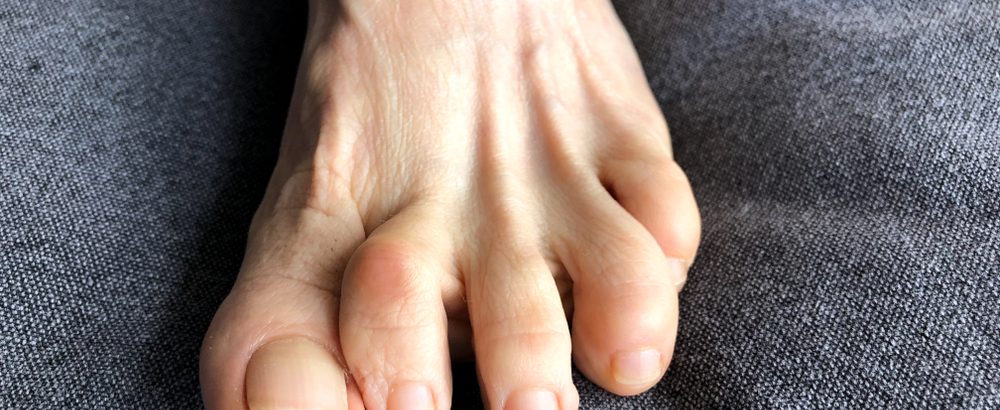Nonsurgical Treatments for Hammertoe

Hammertoe can deceive many of its patients. What might start as a seemingly negligible condition can transform into a painful experience. While some extreme cases may require surgery, there are many nonsurgical options available for most patients.
Today, we’re going to review what hammertoe is, what causes it, its symptoms, and some nonsurgical treatments you have available.
What is Hammertoe?
Hammertoe is a contracture deformity that can affect joints in all of your toes that are not your big toe. Due to irregular bending, the condition can create problems while wearing shoes.
What Causes Hammertoe?
A number of potential causes can contribute to developing hammertoe. These can include:
- Toe injury
- High foot arches
- Arthritis
- Ill-fitting shoes
- Age
- Toe length
- Genetics
- Tendon or ligament conditions affecting the foot
- Bunions causing additional pressure on the toe
- Biological sex – women are more likely to develop the condition
Hammertoe Symptoms
Some symptoms of hammertoe include:
Pain
People with hammertoe may feel pain in the affected toe. This pain will feel its worst when the person is walking, running, or wearing shoes.
Corns and Calluses
A corn is a small and painful injury on the skin with a hard center. There may be inflamed skin around it as well. Unlike corns, calluses are typically not painful and will be larger in size.
Swelling or Redness
A person with hammertoe may notice swelling or redness in the affected area. This may also be accompanied by a burning sensation.
Rigid Toe Joints
Because hammertoe affects the joints, you may experience difficulty straightening the toe. In many cases, the toe will appear visibly bent in a resting position.
Open Sores
Though not common, severe hammertoe cases may result in open sores. This symptom would indicate a more urgent need to contact your podiatrist for treatment.
Nonsurgical Treatments
Most mild to moderate hammertoe cases can be treated without surgery. Depending on the cause of your condition, your podiatrist will recommend a treatment plan. Some treatment options include:
Changing Footwear
To help relieve pressure from the affected toe, your podiatrist might recommend new footwear. Opt for comfortable, roomy shoes that will not place direct pressure on the toe and allow more room for it to heal.
Special Inserts
Another option for nonsurgical hammertoe treatment is wearing supportive shoe inserts. This can help reposition your foot inside the shoe and relieve the physical stress on the toe joints. There are many options for supportive inserts that can reposition the entire foot, just the toes, or even a single toe.
Toe Exercises
To help strengthen the joints and muscles in the toe, your doctor may recommend simple exercises. These can include trying to pick up small objects with your toes to encourage healthy movement.
Medication
Anti-inflammatory medicines like ibuprofen may help reduce swelling and pain in some cases. For rather mild cases of hammertoe, this could prove a sufficient treatment along with rest and roomier footwear.
When is Surgery Needed for Hammertoe?
During your initial exam, your podiatrist should be able to determine whether or not your case of hammertoe requires surgery. Often, for extremely bent toes, surgery will be required to reposition the toe.
After your operation, the surgeon may apply a small splint to the toe to help it heal in a straight position.
Get Treatment for Hammertoe
Hammertoe is a common, painful condition that affects many people each year. Fortunately, there are many nonsurgical treatment options to pursue prior to any mention of surgery. Treatment and recovery from hammertoe is achievable, and we want to help you return to moving without pain.
If you are a resident of eastern Maryland looking for hammertoe treatment, don’t hesitate to request an appointment with us. Our team of podiatrists will examine your toe closely and develop a treatment plan specific to your situation.





